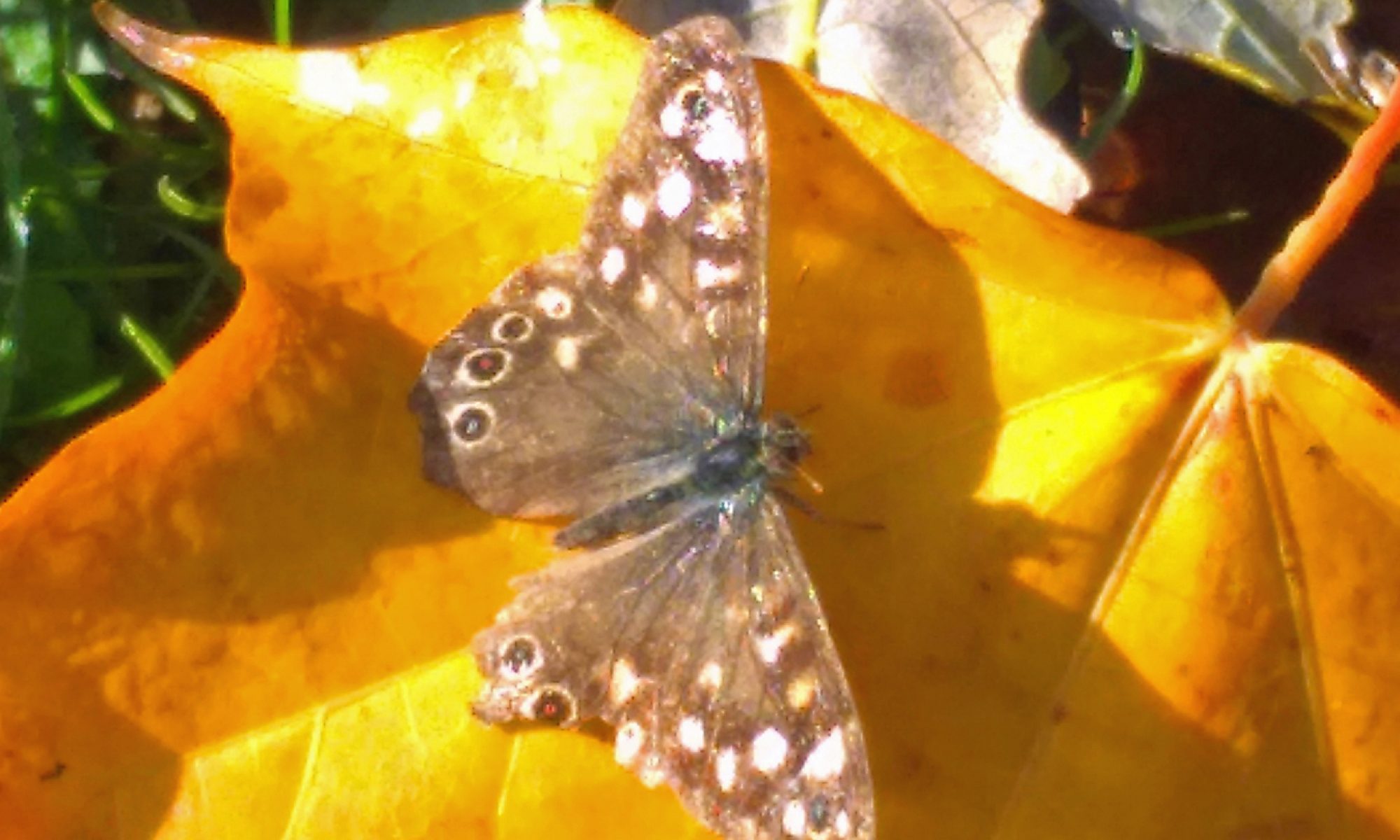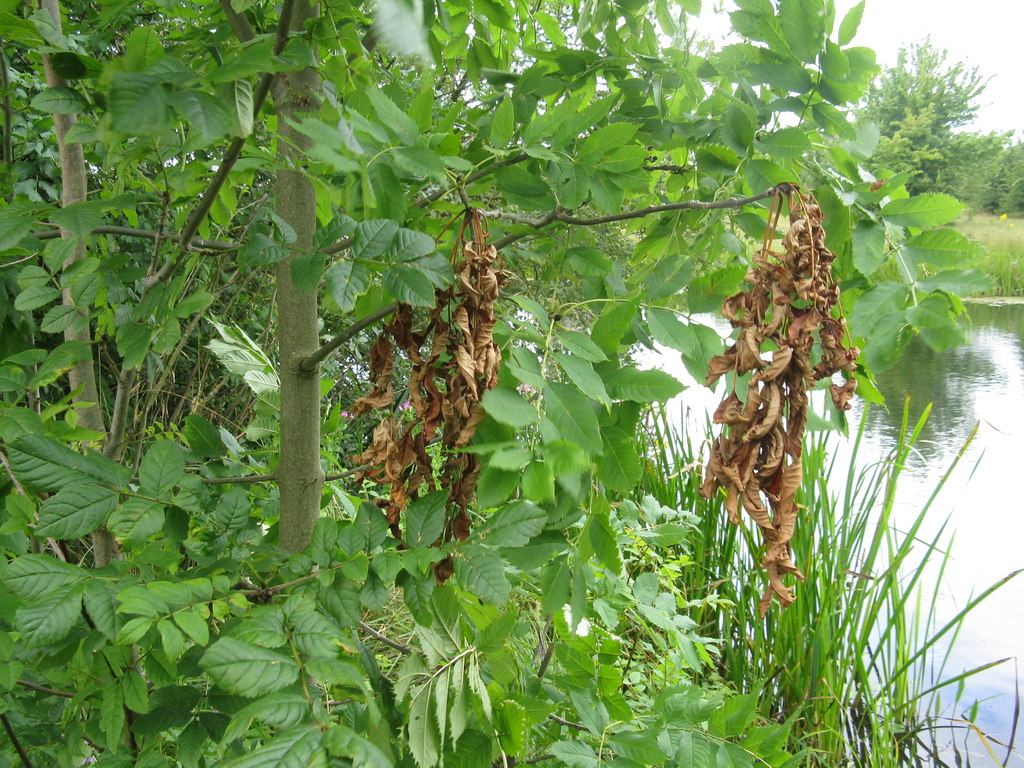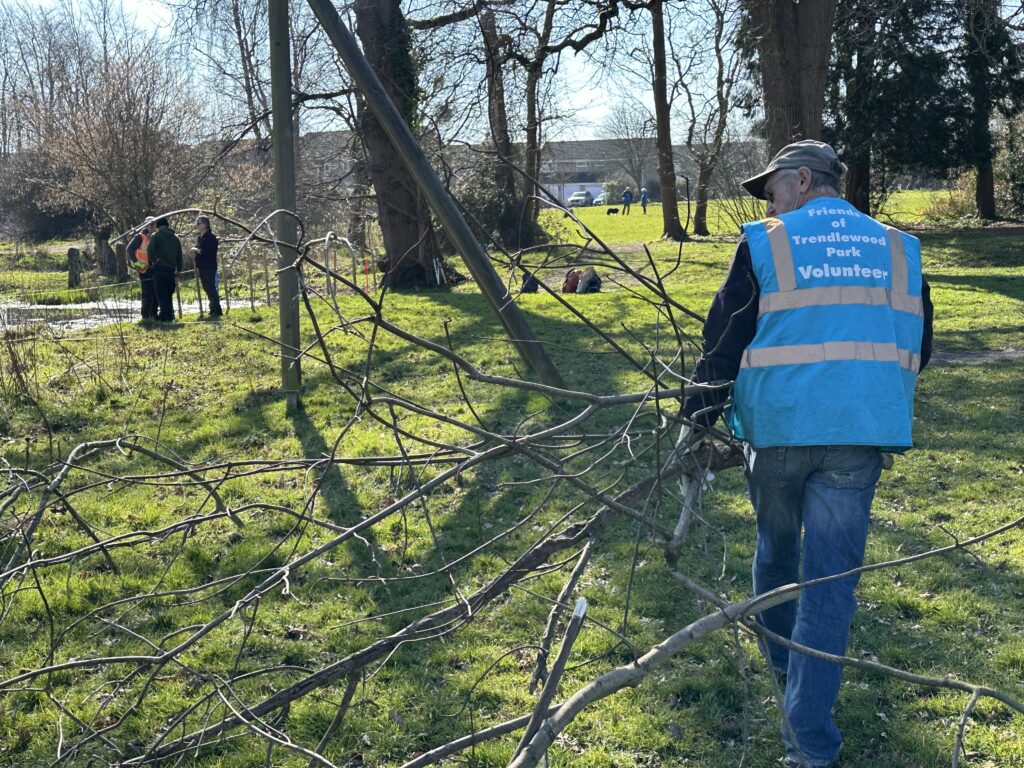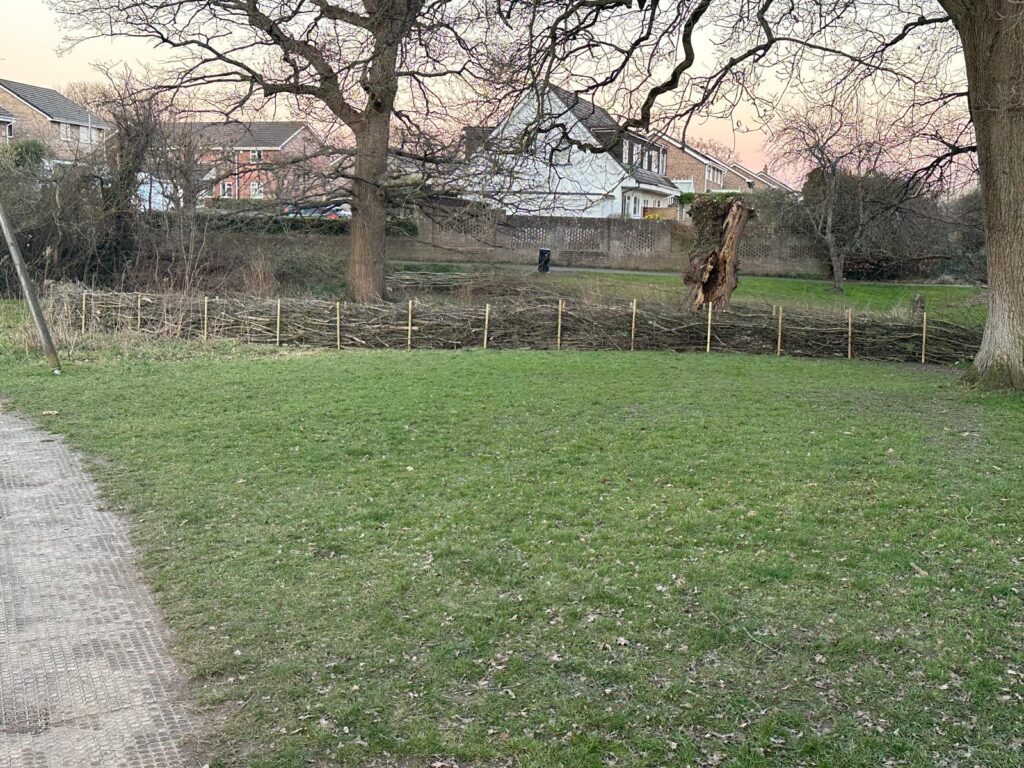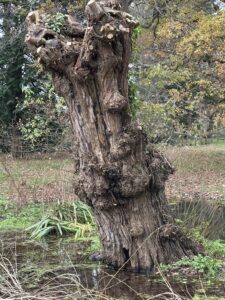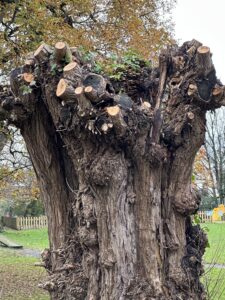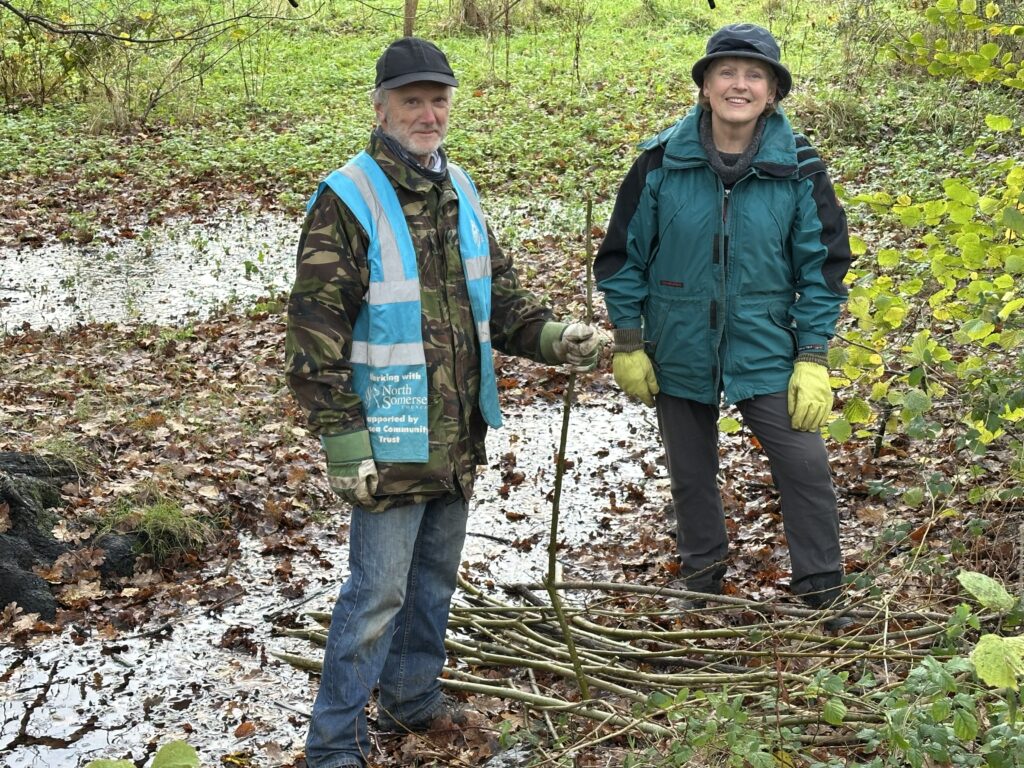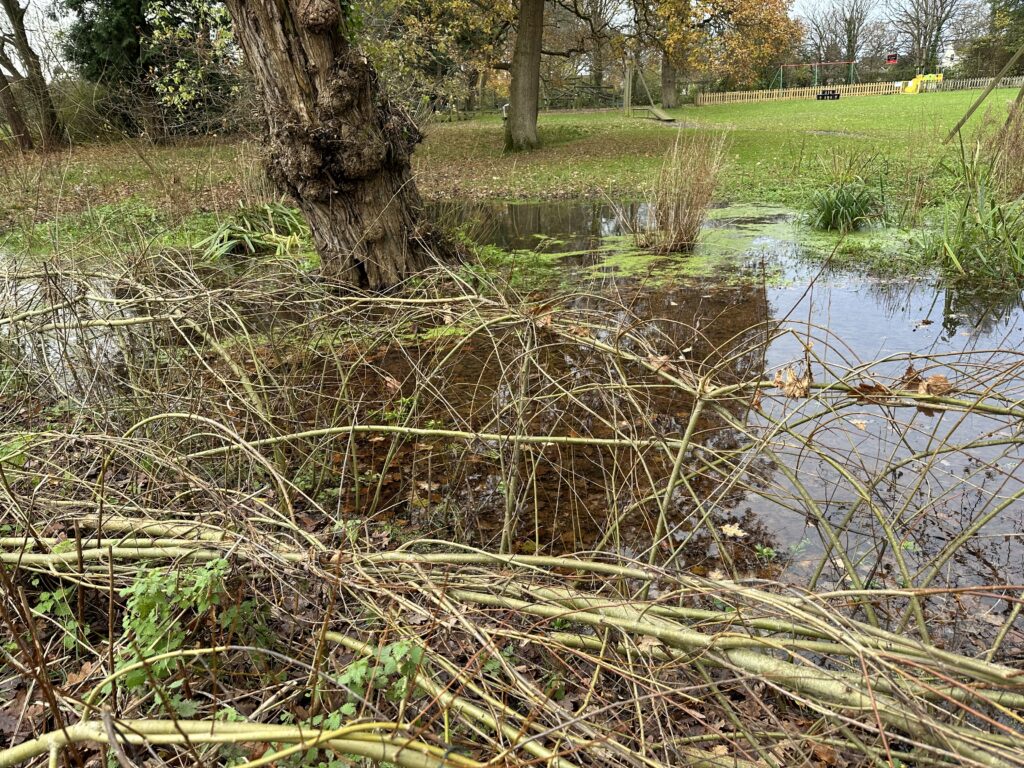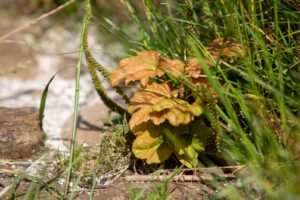Today is Flying Ant Day: the day that ants take to the air and fly at the same time. The ants are from different colonies that can be several hundred metres apart.
Let’s celebrate Flying Ant Day!


But pause a moment—really look. This is the wedding flight, the briefest of honeymoons, when new queens and males take to the skies to mate and search for new grounds and new beginnings. It’s a natural marvel unfolding on our doorsteps, so what is going on below the surface?
It starts underground, beneath a cracked paving stone, under a patch of sun-warmed earth: this is the colony, the kingdom of the ants. The colony pulses with organised purpose.
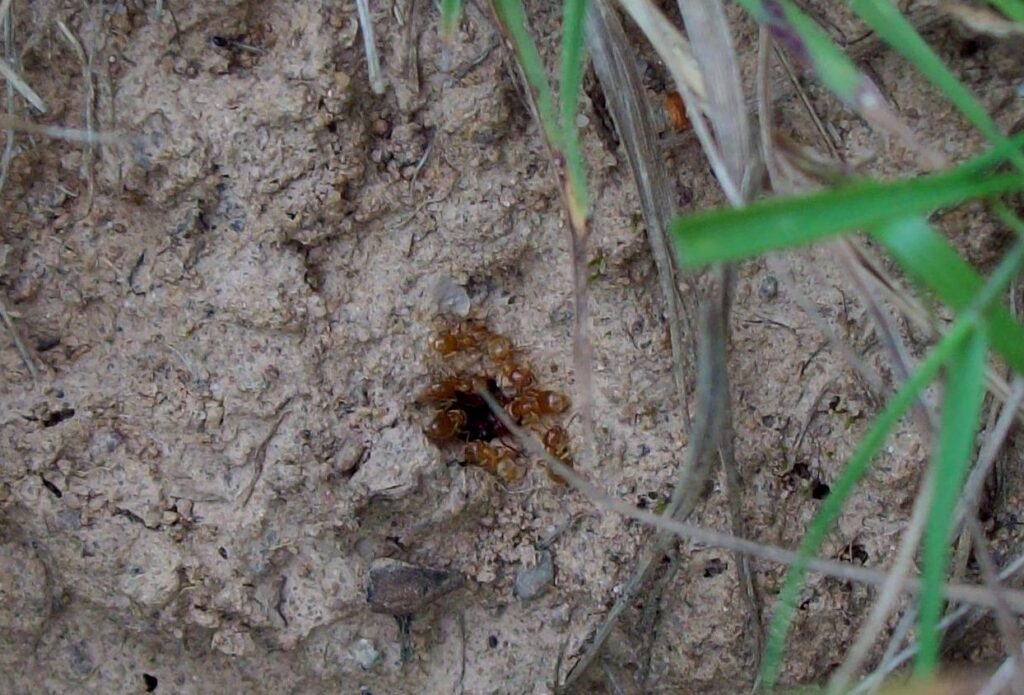
Their larvae are fed and thousands of identical worker ants are formed. These do not have wings.
The power of ants lie in their numbers.
Some ants are the pirates of the wood: ferocious and aggressive, they will attack those who cannot defend themselves or have not learned to work with the ants. Like pirates, ants will protect anything that gives them what they want – usually food.
Some species roam in teams, tracking down caterpillars, beetle larvae, or even spiders. They subdue them not with brute force, but with strategy: surround, immobilise, overwhelm. A single ant may be no match for a wasp larva, but a dozen? A hundred? That’s a different story. Their venom can paralyse, their mandibles shear, and their numbers do the rest.
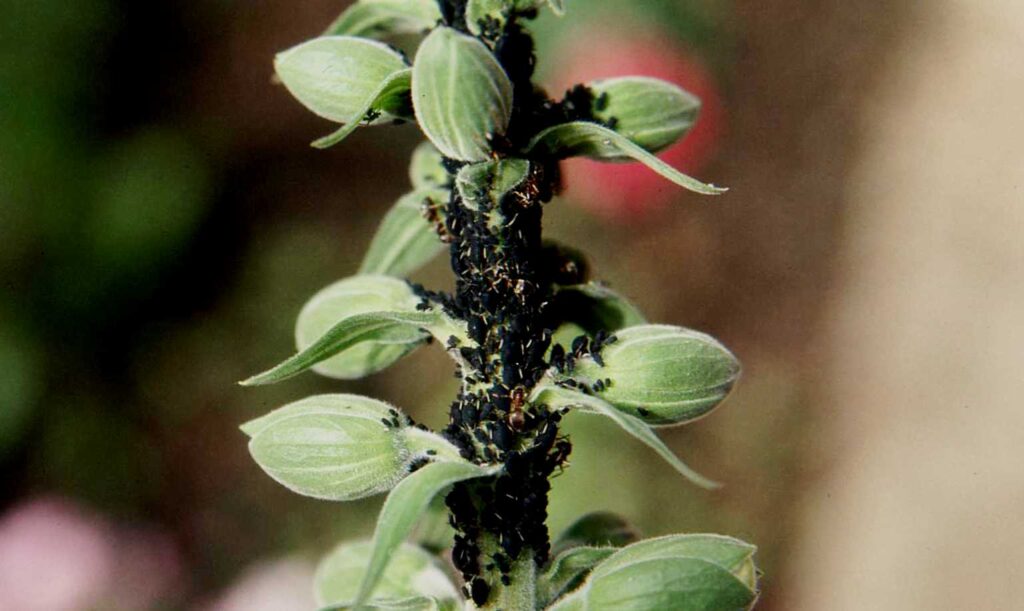
Blackflies suck the juices of a plant, excreting sweet sticky “honey dew”, which feeds the ants in the colony. In exchange, the ants give the blackflies protection and time to reproduce. Some ants actively”farm” the blackflies, by stroking them gently with their antennae to encourage them to produce honeydew. Like milking a cow.
Biologists call ants ‘keystone’ species. In architecture, the keystone is the stone at the top of an arch that holds the whole structure together. Remove it, and everything collapses.
Ants play this role in the architecture of the wood. Their tunnelling aerates the soil, letting water and oxygen reach the roots of plants. They break down waste, dead insects, and fallen leaves—recycling the detritus of life into the ingredients for growth.
Some species plant seeds by accident, dropping them underground where they germinate safely. Others protect plants from pests or farm aphids like cattle. A colony is not just a nest: it’s an engine of fertility, a subterranean society that quietly underpins the world above.
Take them away, and you begin to see the gaps. Soils become compacted. Nutrients stop cycling. Other animals—birds, lizards, even mammals—that feed on ants start to vanish too. The threads of connection begin to unravel.
The world is a better place with ants – and the flying ants are crucial, for this is where new queens mate with males and go to form new colonies, so the cycle of life continues for one more year. As long as the old colonies have healthy queens, they will continue, so that Flying Ant Day is a way of mixing together different colonies, to make and spread new ones.
The ants benefit, and so does Nowhere Wood, so, let’s celebrate Flying Ant Day!
- Why is it an advantage for a new queen ant to fly away from the colony before laying her eggs?
